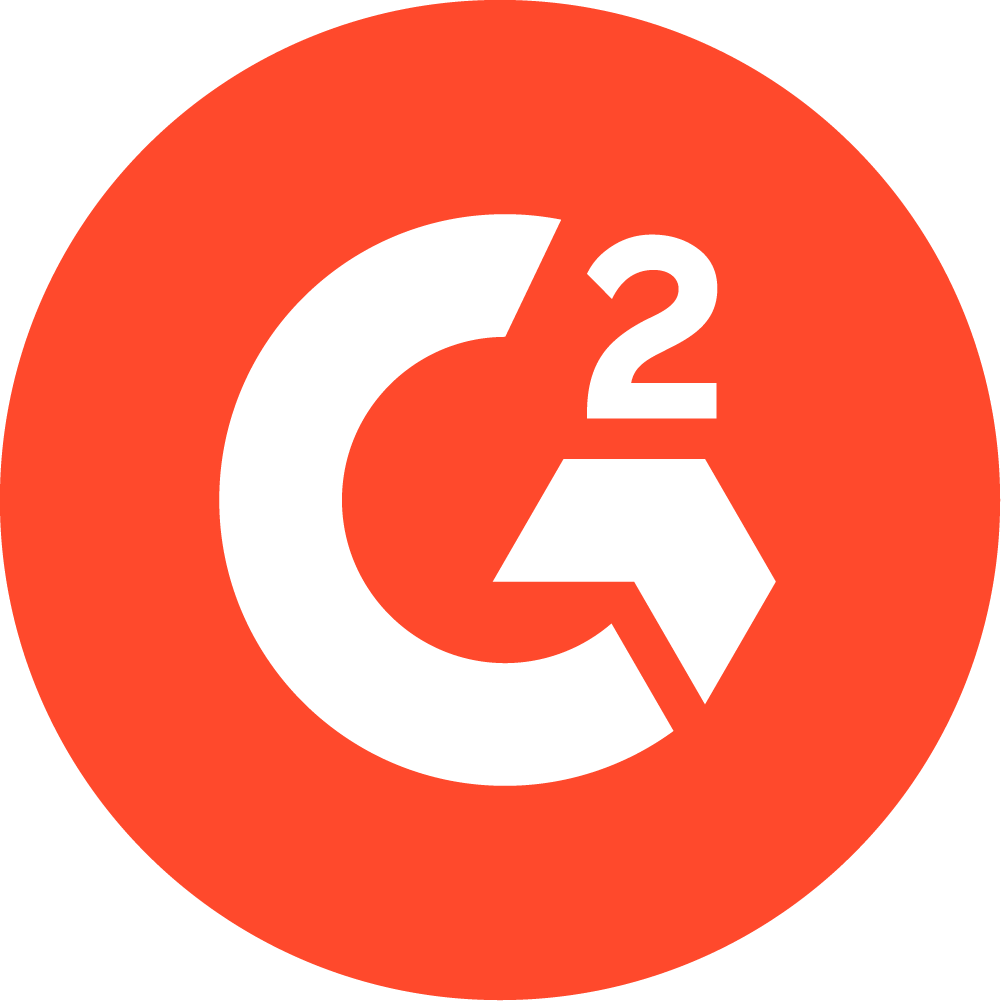PTs Panning for Time: How an AI Virtual Assistant is Worth Its Weight in Gold
AI makes for a great virtual assistant that lets you spend more time with patients and less time on the computer.

Subscribe
Get the latest news and tips directly in your inbox by subscribing to our monthly newsletter
Since the EMR came into existence, clinicians and programmers have been working to solve the administrative burden created by documentation. Each new iteration solves some issues while new ones are created. It’s a bit like the Wild West shootouts of old where solutions that shot from the hip sometimes missed while others were dead on—but if you missed you were on the next tombstone. Whether it’s regulatory checks, proper coding, or simply completing the documented note, too many therapists today spend more time documenting than they do having face-to-face time with patients.
So, what can be done about it? Certainly not another piece of fool’s gold like a dot/smart/hot-key shortcut—we have enough of those. Instead, let’s look at some of the more recent advances in technology—specifically, artificial intelligence (AI).
AI reduces the burden of documentation.
Burdensome documentation is likely a root cause for any clinician’s sense of burnout or administrative harm. Writing an assessment that is both succinct and compliant with the whims of whatever payer gets the claim is an art form. As an educator, I can speak from experience when I say students write novels in their first year and eventually get it down to a couple sentences by year three. However, when they go on their clinical affiliations, it’s the Wild West, with differing clinical instructors giving varying opinions of what makes for a good assessment. And that’s just the assessment, not a note's subjective, objective, or plan portions.
Wouldn't it be nice if an AI program could take your conversation with a patient and turn that into a note? Perhaps not the kind of AI that’s learning all the facets of human behavior only to try and replace humans altogether. WestWorld anyone? Rather, a voice-to-text scribe—like the one offered by WebPT and PredictionHealth—will take over the typing so you can focus on the patient, provide a little eye contact, and start working to build rapport with your patient.
Another cool feature that WebPT and PredictionHealth offer is the predictive text assistant, which analyzes your notes and makes suggestions relevant to what you have already typed based on similar notes from similar cases. Between the hands-free scribe and the text assistant, you can reduce documentation time by as much as 50%.
AI creates a literal gold rush of clinical growth and revenue.
Just as the 49ers discovered gold in the West and unleashed a new era of expansion, so too can AI create an era of clinical revenue and growth, but clinicians have to be ready for prospecting. Coding will always be a point of discussion among clinicians; to this day, I’m still having discussions with students and colleagues about their prospective choices in coding. Ultimately, coding is up to the discretion of the licensed clinician, but that does not mean that the clinician’s discretion is always correct. I often find students too afraid to code something as neuromuscular reeducation or therapeutic activity only because they read it in a therapeutic exercise book. Meanwhile, I find seasoned clinical veterans adhering to the principles of three units of therapeutic exercise and one unit of manual therapy—and then lamenting how they can barely keep their clinics’ doors open.
An AI assistant takes some of the uncertainty out of coding by providing CPT coding guidance in real-time through the EMR. AI can look at countless examples of similar claims to optimize the coding practices of all rehab therapists and ensure you are appropriately paid for the work you have done. Better yet, AI provides real-time guidance into the EMR so clinicians can learn on the fly why one exercise may be better suited to therapeutic activity than a therapeutic exercise—squats anyone?
AI helps you out in a pinch.
I can remember my days as a PT student, when professors would put their clinical hats on and tell us that if a patient asks you a question you don’t know the answer to right off the cuff, simply grab your pager and state, “That is a great question. Please hold one moment while I answer this call.” Then I could go and check my references and return with an answer and not a dumb look on my face.
Well, pagers have been long gone. (Honestly, they were on their way out when I started practice, I swear.) And these days, patients have more tools at their disposal to ask pointed questions and do their own research. With WebPT and PredictionHealth’s AI chat assistant, clinicians can get answers in real-time—no pagers or “emergency” phone calls necessary.
Say goodbye to after-hours documentation and hello to AI.
The bane of almost any clinician’s existence is documentation. Perhaps it is the single greatest stressor in the clinical setting, and yet, no tools have offered a good answer to reduce some of that burden—at least until now. Just as Wyatt Earp and company cleaned up the West at the O.K. Corral, WebPT and PredictionHealth have taken the first real steps to change the way clinicians document for the better. Who wouldn’t want more time to treat and spend less time typing and clicking? If that sounds like you, then what are you waiting for? Get to know WebPT and PredictionHealth a little better today.











